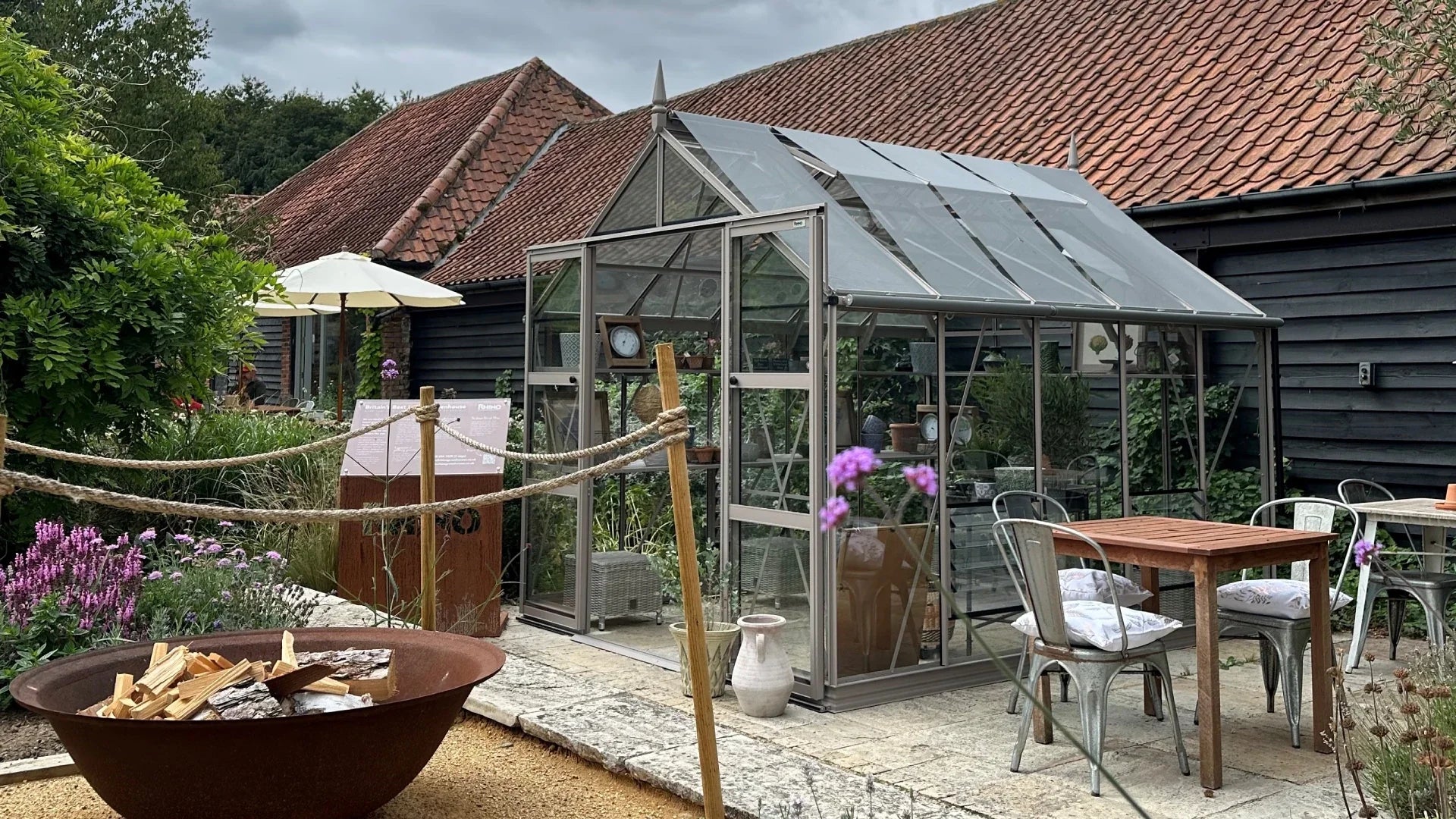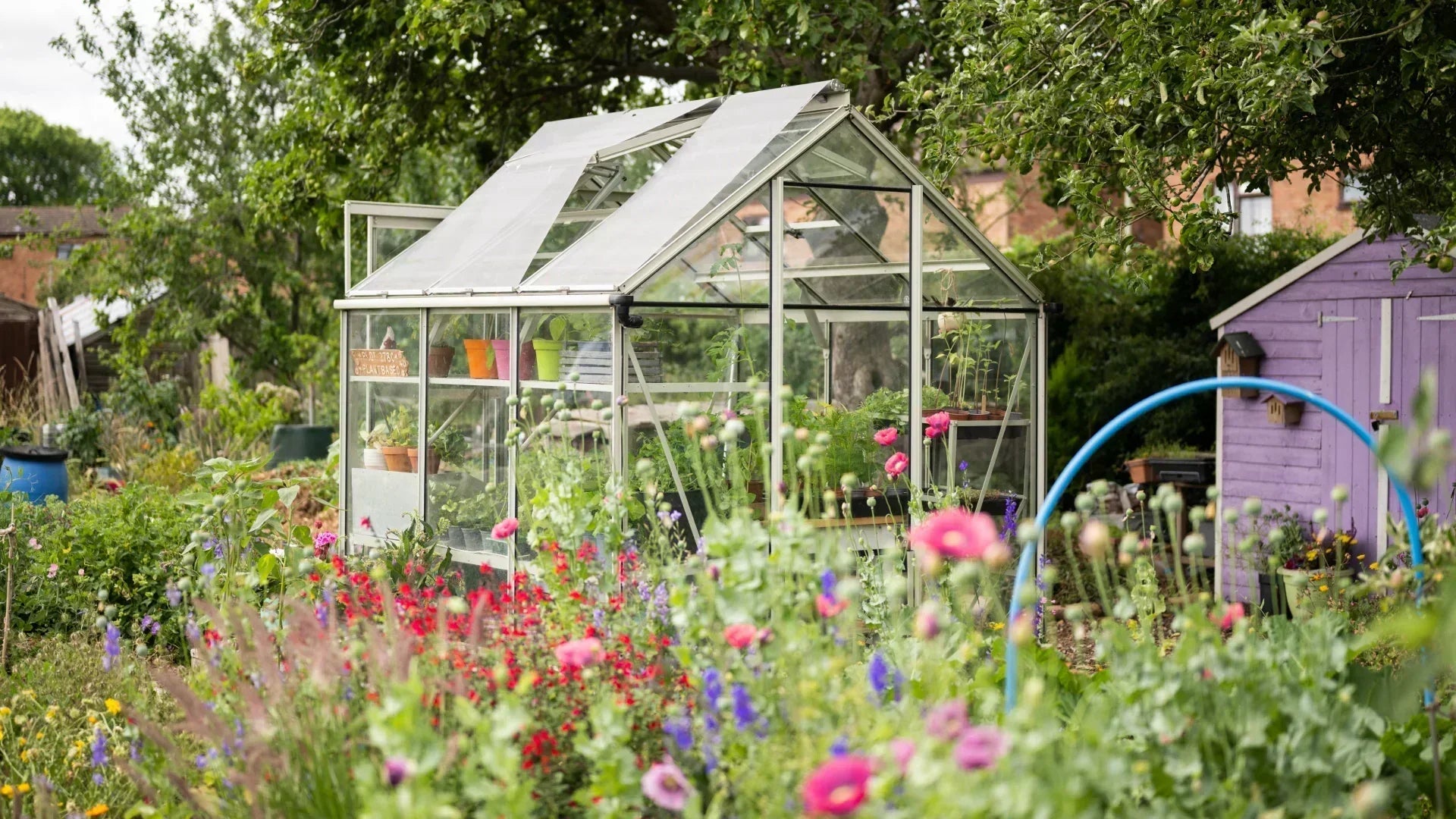Rhino News
08 / 08 / 2025

shopping from




Request your free Rhino brochure pack today
To receive your free Rhino Greenhouse brochure pack and colour samples, please fill out the form below. Thousands of happy customers have used this brochure to find their perfect greenhouse, built to last for over 25 years. Please note, we currently only deliver our brochures to UK addresses only.
Thanks for contacting us
You already requested your brochure pack. It will be on it's way to you shortly!
Thanks for contacting us
Thanks for contacting us. We'll get back to you as soon as possible.
Please adjust the following: